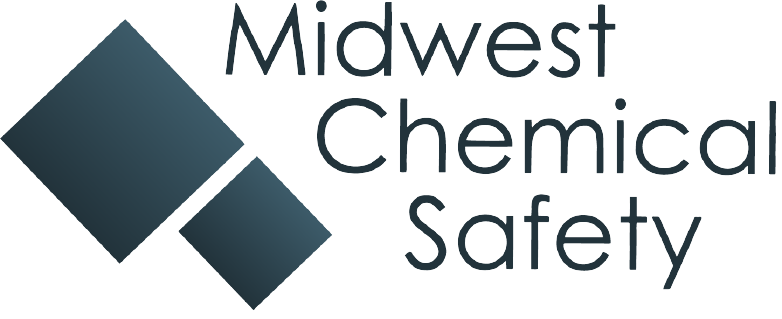
Peter Drucker, an early 20th-century business professor observed “Only three things happen naturally in organizations: friction, confusion, and underperformance. Everything else requires leadership.”
This series of LinkedIn articles will focus on the skills that define leaders regardless of their vocation. While the examples I use throughout the series will focus on environmental, health, and safety professionals, the competencies that are described can be applied to leadership in any situation. Indeed, I brought these competencies learned from Scouting into my career as a naval officer and throughout my working life.
There is no shortage of articles, books, and blogs on leadership. I certainly have not read all of them, but I have read enough to recognize that most of the authors talk around the leadership competencies that we will be discussing in this series. My impetus in this series is to identify and distill the competencies needed for good leadership.
If you are reading through this series and think, “Wow, this material is similar to the Boy Scouts’ Wood Badge course of the late 1970s,” you are absolutely correct. I participated in a youth-oriented version of the course in the mid-1970s called Troop Leader Development. During my research for this series, I found that the Wood Badge course had its origins in a program called White Stag Leadership Development Program. That program described the leadership competencies that the rest of this series will discuss. The primary reference for this series is Resources for Leadership: Sourcebook for Managers of Learning, 5th ed. By Brian T. Phelps.1 Mr. Phelps is currently a Board Member for the White Stag organization. I am grateful that Brian has shared this information for this series.
Leadership vs. Management
I want to start by stating that, while often used interchangeably, “leadership” and “management” are not the same thing. Concisely, leadership is people-centric while management is thing-centric or work-centric. Leadership is about using your ability to motivate, influence, and enable others toward success while management is, more-or-less, controlling a group to accomplish a goal or task. Leaders create value in an organization, managers count value; leaders exercise influence, managers exercise power. Over the course of my working lifetime, it has been my experience that good leaders are typically good managers, but good managers are not necessarily good leaders.
Good leaders are made, not born.

There are many who still believe in the archaic idea that good leaders are “born that way.” That concept is demonstrably false. Research has shown leaders share a core set of skills or competencies that implies that these ideas and behaviors are learned as opposed to being innate qualities of leaders.2 In order to develop good leaders, however, these core skills must be intentionally taught and not simply stumbled upon during one’s career.
Leadership is best taught in a direct approach through problem-solving. A group is given a problem to solve and the resources to solve the problem, but are not told how to do it. I am reminded of a story I heard once of a father giving a task to his teenage sons regarding the family lawn: “I want the front lawn ‘clean and green’ and the only restriction is that you cannot paint the lawn.” Over the course of the summer, the son learned lawn maintenance and upkeep, guided by his father, who provided fertilizer, a lawnmower, gas, rakes, etc. As problems came up, for example, when the mower needed maintenance, the father provided counseling and guidance.
The “indirect approach” to teaching leadership is via lecture, classroom, or case study, or reading articles on LinkedIn. I do not believe an indirect approach is a good use of time. So, instead of attempting to teach leadership through an indirect method using case studies alone, the remainder of this series will be devoted to identifying and describing competencies shared by good leaders.
Identifying the Competencies of Good Leaders
We will group eleven competencies into three main areas:
Forming the group
● Getting and giving information
● Knowing and using group resources
● Understanding group needs and characteristics
Developing group capability and facilitation
● Setting the Example
● Controlling the Group
● Representing the Group
● Problem-solving
● Evaluating the group
Keeping it together
● Sharing leadership
● Counseling
● Becoming a manager of learning
The series of articles will be using examples from the environmental, health, and safety (EHS) and analytical chemistry laboratory workplaces; however the competencies that are identified are universal to all leaders regardless of profession.
1. Phelps, Brian T. Resources for Leadership: Sourcebook for Managers of Learning, 5th ed. TechPros: Monterey, CA. 2001.
2. Banathy, Bela. A Design for Leadership Development in Scouting. MA Thesis. Defense Language School, Monterey, CA. 1963.
Want to take your EHS Team to “Best in Class” but don’t quite know where to start? Call Midwest Chemical Safety, LLC, 217-971-6047 or contact me by email at harry@midwestchemsafety.com See the original LinkedIn Post Here.

